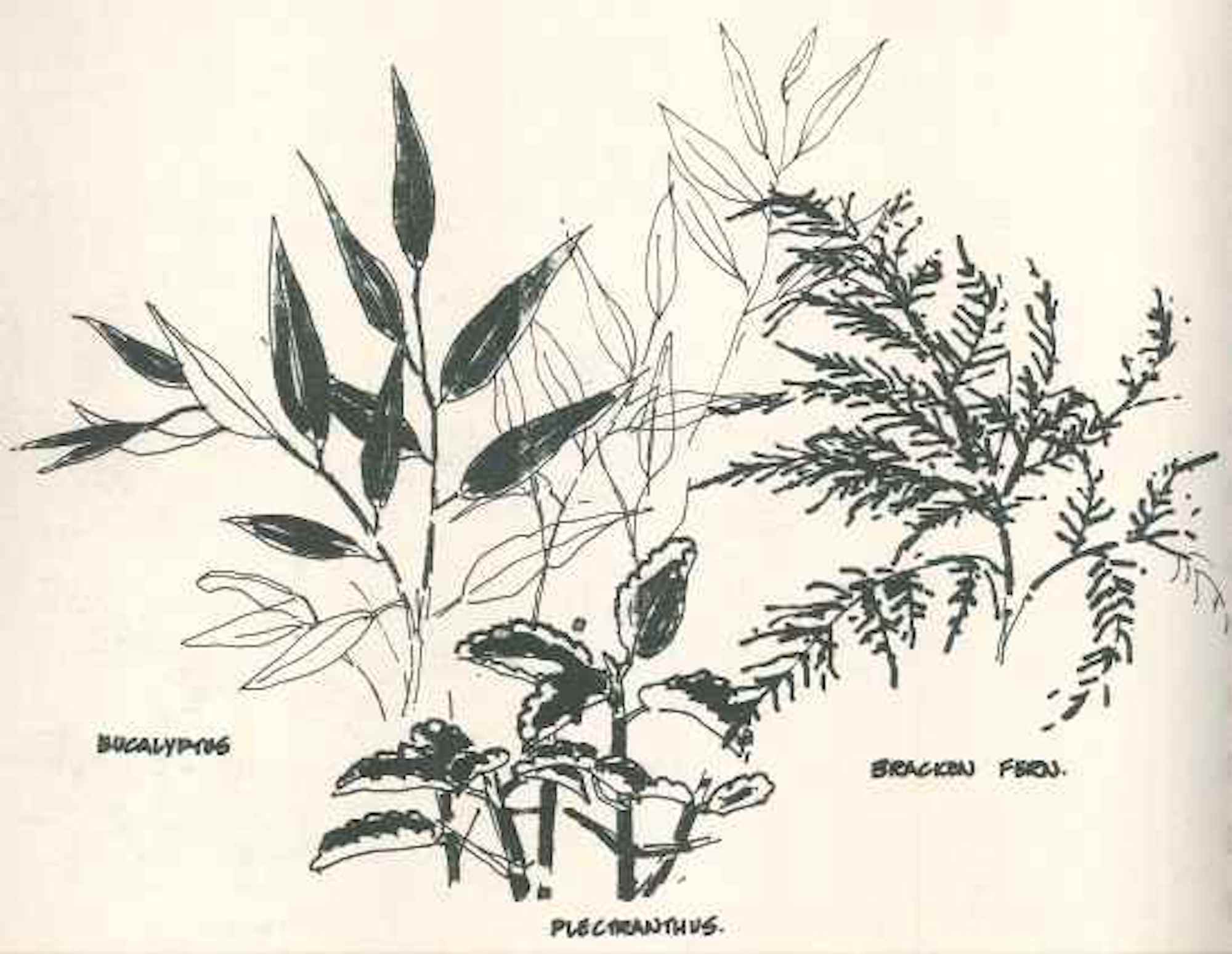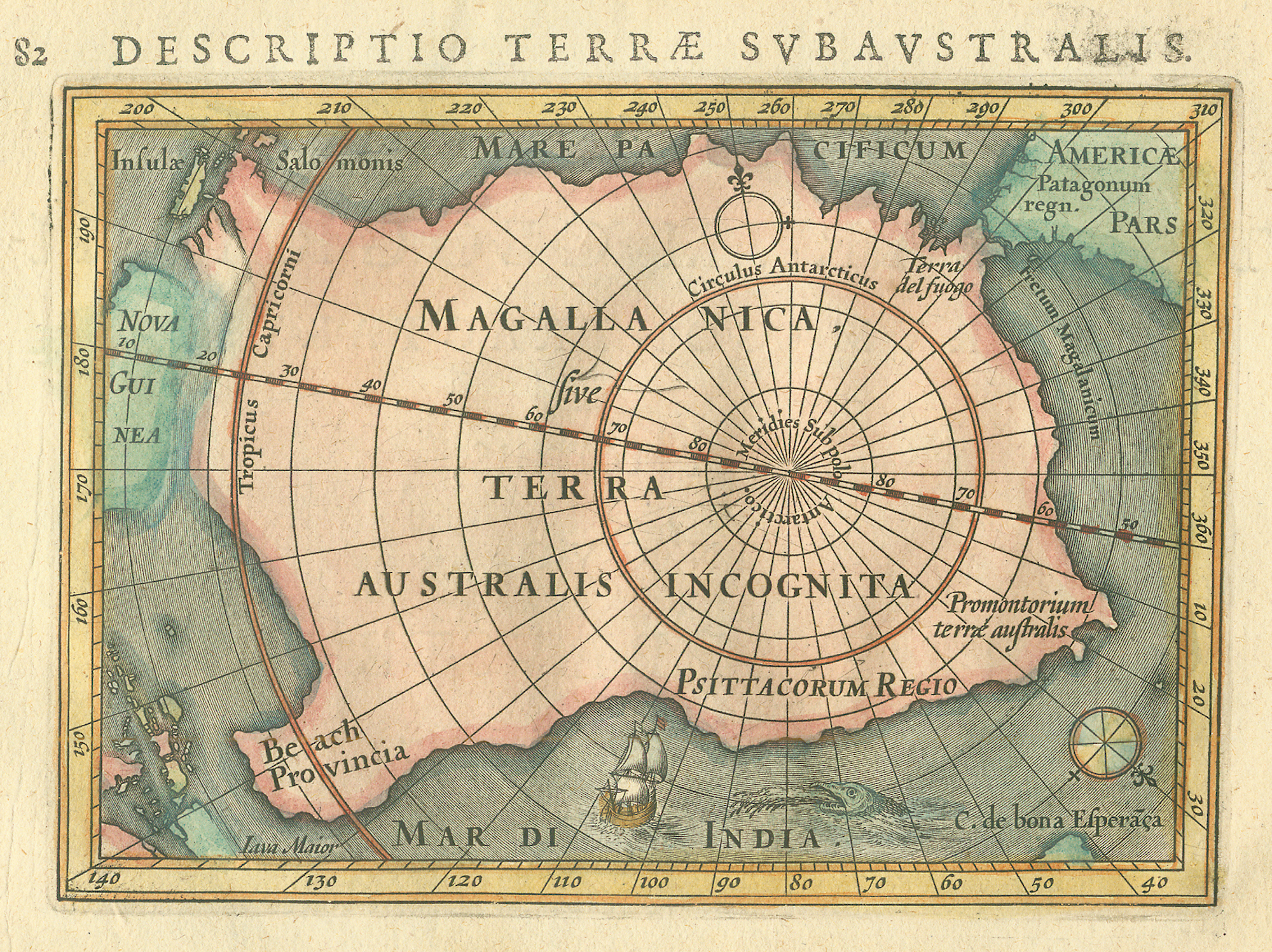In introducing native title law, the lecturer – actually let’s call him Geoff – did not start with the law.
The lecturers never did. It was why the degree was brilliant. Constitutional law started, in earnest, with understanding the reality of the history and way of life of the first peoples of this land. Then came the law. The sequence was proper, logical.
I listened to Geoff speak of ideas of people belonging to land, not land belonging to people. Of a deep connection to lands and places that were not owned, but occupied, not one’s land, but the land of one’s family, a concept writ large and imagined beyond the idea of the nuclear family.
The land, the people. The connection to place. Eddie Mabo’s story, the voice of Eddie Mabo.
I sat and listened Geoff as he nudged us, invited us, but did not lecture us into thinking about the stunningly confronting and compelling, utterly cogent concept that Australia as a place needed to reconcile with its true past.
I closed my eyes.
Not because I was scared or wanted to pretend I was not there.
But because something primal, something true was there. I didn’t suddenly know all that was true, right, correct, whether Aristotle was right or Bentham’s calculous solved it, but I knew something then, and I’ve known it since.
Place matters. Where one comes from matters. Despite all else, we are beings of a place. It may haunt us, it may comfort us, it may be the point from which we propel, it may be the homing point to which we must return. It may be all of those things…
It might drive us to other places, or magnetically pull us back. But where we come from matters, even when we define ourselves apart from it, it is forever the reference point.
When I closed my eyes then, and now, I can walk from the beach at the front of my grandparents house, along the ebb of the tide, and through the first mangroves, past Sandfly Creek, toward ‘Secret Beach’, and then along the exposed shoreline, where it is windier, but the colour of the rocks change.
And in the re-lived memory of my childhood, this land, the shoreline, the wind, the water that rolled in, as it always had, this walk, this sense of place, its colours, its smell, the sense of place taught me something. Belonging to a place, never mind whether some invented concept of ownership said it belonged to you, was something I understood innately. This is not a parable of equivalence, but empathy. I was not able then, nor can I now, fully comprehend the scale of loss that underwrote Australia.
But I felt a permanent empathy sear into my being. I winced at the sting of an injustice.
My sense of place, of where I came from, of where I belonged, and where those people who defined and populated my being belonged, was suddenly converted from something instinctive into something realised. This was an enlightenment, and it cast new light on the darkness of history.
In the darkness of of my 1995, I would seek refuge in this imagined walk along the unpopulated shoreline towards Jimmy’s Rocks. It was indelibly part of who I was, who I am. It is country I can never leave.
It was the key to understanding native title as a legal concept, to understanding original belonging, to a why it mattered so much, why it was a moral imperative.
I like to think now that it clicked for me then. I know now that this was an important point, a place at which I realised many things.
Alongside place, it is time that defines us. And now, some time later, I hope I understand it all a little better.







